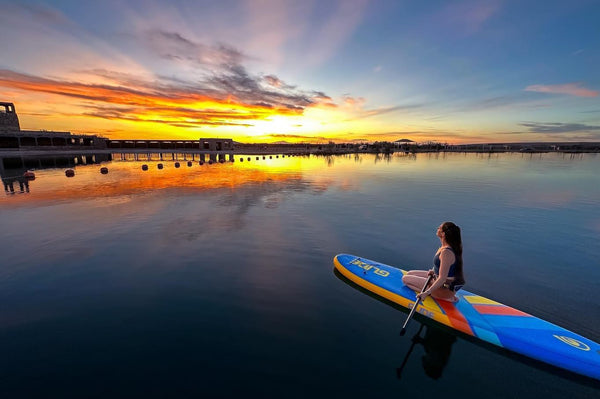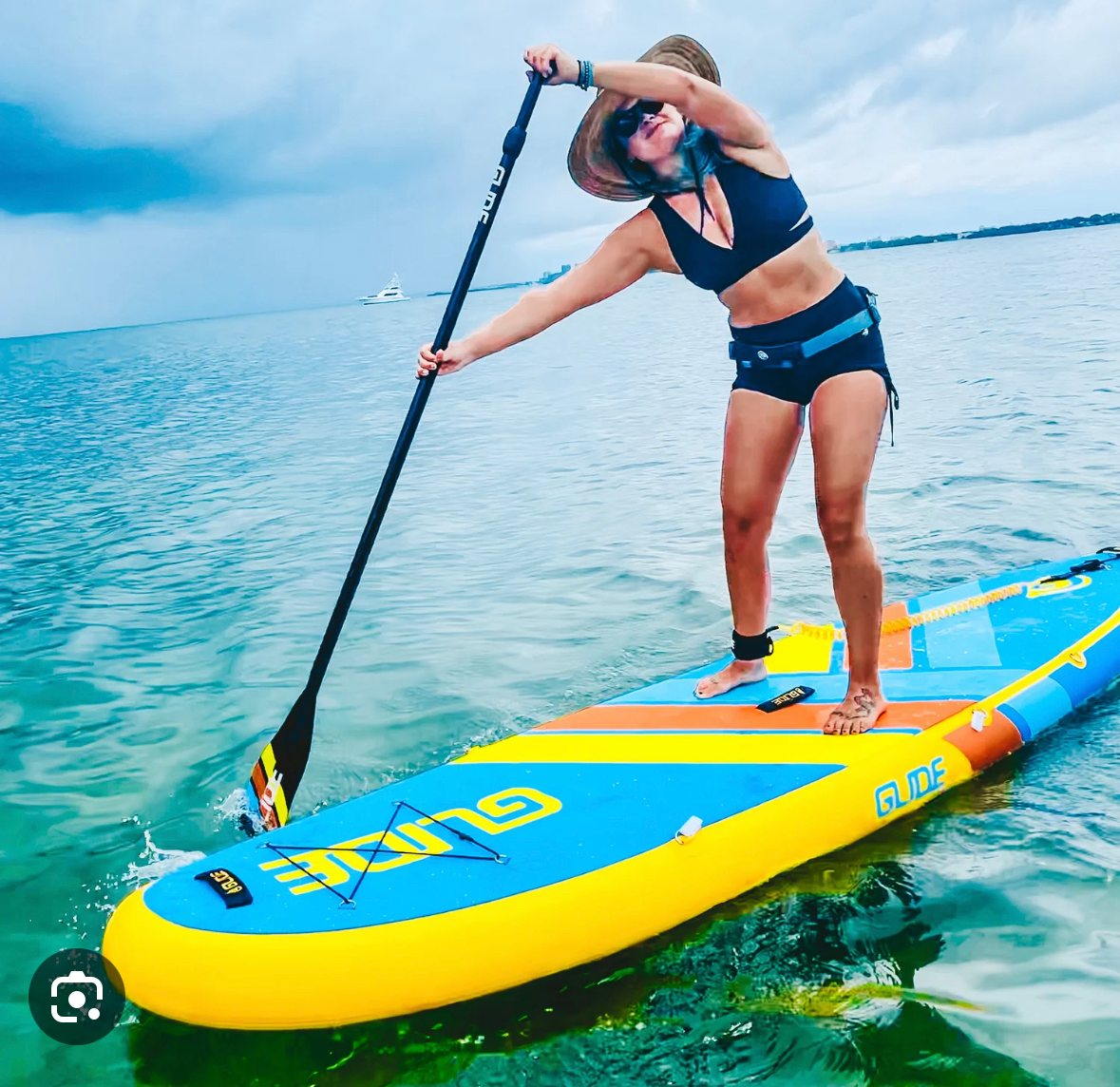
A Guide to Choosing Between Hard and Inflatable Stand Up Paddle Boards
Allow us to assist you picking out an inflatable or hard paddle board.
Introduction: Making the Right Choice
Paddle boarding, an increasingly popular water sport, offers a unique combination of fun, relaxation, and a full-body workout. When starting your paddle boarding journey, one of the crucial decisions you have to make is choosing between hard (solid) and inflatable paddle boards. Both types have their strengths and are better suited to different situations and user preferences. This guide aims to help you make an informed decision about which type of stand up paddle board is right for you.
Solid Paddle Boards: Stability and Performance

Structure and Durability
Solid paddle boards, also referred to as rigid or hard boards, are often constructed using a foam core wrapped in layers of fiberglass and epoxy resin. This construction results in a durable and stiff board that provides excellent performance in various water conditions. You can learn more about their structure and durability in this informative article.
Performance and Speed
A key advantage of solid paddle boards is their performance. They are generally faster, more agile, and offer superior glide compared to inflatable boards. Their rigidity translates into more direct power transfer from each paddle stroke, making them an excellent choice for dedicated touring board enthusiasts or those interested in racing. Touring paddle boards tend to be a different shape than recreational paddle boards as they are narrower boards with a pointier nose.
Stability and Balance

Solid paddle boards tend to be wider and thus provide more stability, making them excellent for beginners learning to balance or for activities like SUP yoga. However, these boards might be heavier and require roof racks or a similar transport solution.
Inflatable Paddle Boards: Convenience and Versatility
Structure and Durability
Inflatable paddle boards, also known as inflatable SUPs, are made from durable PVC material using drop stitch technology. This manufacturing process allows them to maintain a rigid shape when inflated to the recommended PSI, giving them surprising stability and durability. For a deeper understanding of how inflatable paddle boards are made, check out this article.
Versatility and Ease of Use

Inflatable paddle boards have become popular for their convenience and versatility. They can be deflated for easy transportation and storage, which is a significant advantage if you're short on space or travel frequently. Additionally, they are a great all-round paddle board choice, well-suited to a range of water conditions and SUP disciplines, as discussed in this article. Fishing paddle boards also work well as inflatable boards so that you can walk or hike into the perfect fishing hole.
Comfort and Durability
Inflatable paddle boards often offer a more comfortable ride than their solid counterparts. They are softer, making them an ideal choice for long paddle sessions or SUP yoga. Also, they tend to be more durable and resilient to dings and scratches, making them an excellent choice for beginners or those paddling in rocky areas.
Performance Differences Between Hard and Inflatable Boards
Let's delve a bit deeper into the performance characteristics of hard and inflatable boards. Each has its own strengths and advantages. Hard boards, often referred to as rigid boards, generally offer superior performance in terms of speed and maneuverability. Their solid construction allows for a sleeker, narrower design, which translates into more speed on the water. Plus, they often have a displacement hull design – a feature that helps slice through water, making them an excellent choice for touring or racing.
In contrast, inflatable paddle boards, due to their wider design and planing hull, provide excellent stability. This feature makes them ideal for beginners or those interested in SUP activities like yoga or fishing. They may not cut through the water as swiftly as hard boards, but their stability and versatility can't be overlooked. In fact, inflatable paddle boards are increasingly seen as all-round paddle boards, suitable for a wide range of conditions and uses.
Conclusion: Making Your Choice

Choosing between hard and inflatable paddle boards depends on your personal preferences, paddling conditions, and specific needs. If performance, speed, and stability are your priority and you don't mind the storage and transportation challenges, a solid paddle board may be your best bet. Conversely, if you value convenience, versatility, and durability, an inflatable paddle board might be the right choice for you.
Remember, the best paddle board for you is the one that you will use and enjoy the most. No matter your decision, paddle boarding is a fantastic sport that offers a unique blend of adventure, relaxation, and fitness. So take the plunge, and enjoy the paddle boarding journey on your chosen board!


